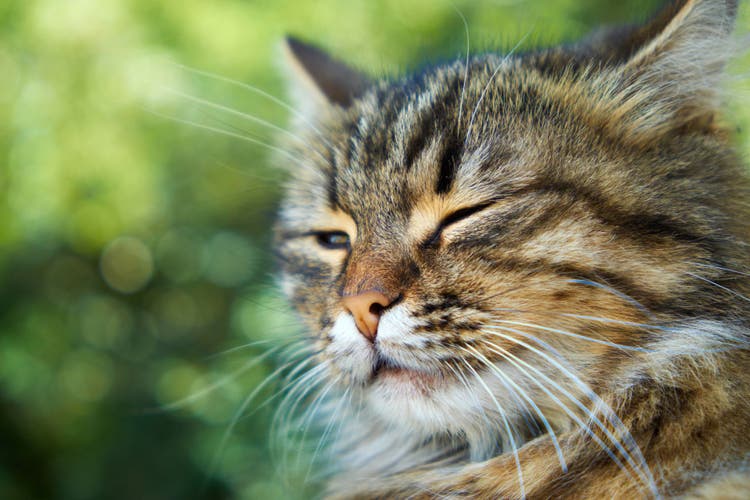
Mammary Gland (Breast) Swelling in Cats
Feline Mammary Gland Swelling
Mammary gland swelling is a thickening, proliferation of tissue or a lump in the mammary glands (breasts) and in the surrounding tissue. The mammary glands are comprised of two rows of subcutaneous (under the skin) glandular tissue around each nipple and are located on either side of the animal’s ventral (underside) surface. The two rows extend from the area near the underarms to the inguinal region near the genitalia. Generally, there are five glands in each row. Swellings may occur in one or all of the glands.
Mammary gland swellings are much more common in intact female animals, particularly during or after heat cycles, lactation and parturition. Dogs are more commonly affected than cats.
In cats, swellings of the mammary glands may be due to normal hormonal changes or be associated with a disease. Normal swellings of the glands occur during the heat cycle, pregnancy and lactation.
Causes of Abnormal Mammary Gland Swelling in Cats
Abnormal swellings of the glands are associated with:
- Galactostasis is an excessive accumulation of milk in the gland that causes an inflammatory response. This may be seen after weaning or during pseudopregnancy.
- Galactorrhea or an inappropriate lactation that is not associated with pregnancy. This may be seen with pseudopregnancy.
- Mammary fibroepithelial hypertrophy is a benign growth of the mammary tissue causing a firm swelling. The condition is most common in young intact female cats. The swelling may become extremely large.
- Mastitis or infection of the mammary gland may involve a single or multiple glands.
- Mammary adenomatous hyperplasia
- Mammary gland neoplasia
What to Watch For
- Firm or soft swellings
- Redness
- Sensitivity or pain
- Discharge from mammary gland
Diagnosis of Mammary Gland Swelling in Cats
A good history, especially in intact female animals, is critical in establishing an accurate diagnosis. Emphasis is placed on the last heat cycle, potential pregnancy, and any recent litters. Additional tests may include:
- Microscopic analysis of any discharge
- Aspirate and cytology
- Culture and sensitivity of the fluid or mass
- Biopsy of the mass
- If a tumor were suspected, additional diagnostics would include a complete blood test, biochemical profile, and chest radiographs (x-rays).
Treatment of Mammary Gland Swelling in Cats
Many times no treatment is necessary and the swellings resolve on their own. Additional treatment may include:
- Antibiotics
- Kittens weaned
- Pain medication
- Surgical excision of one or more glands
- Ovariohysterectomy (spay)
Home Care
Limit stress and activity. Non-steroidal anti-inflammatory medication might be able to be used after consulting with your veterinarian. Warm water or cold water compresses can help reduce swelling.